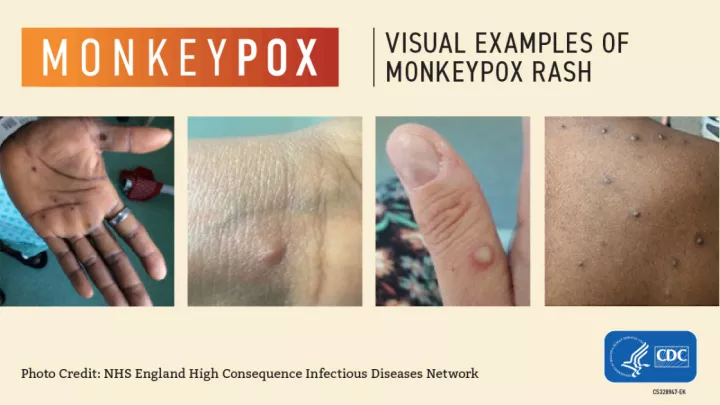Candida auris fungal infection: What is it and who is at risk?

The Centers for Disease Control and Prevention recently issued a warning about the alarming spread of the drug-resistant fungus Candida auris, or C. auris. The pathogen was ranked one of the greatest fungal threats to global public health by the World Health Organization in 2022.
What is C. auris?
Candida is a fungal genus made up of approximately 200 species of yeast – most of which do not cause human disease. C. albicans is the most common species in humans and it lives on our skin and in our GI and GU tracts and can cause infections like diaper rash, vaginitis and thrush. These common fungal infections are easily treated. Sometimes, C. albicans can cause serious illness in persons with weakened immune systems.
By contrast, C. auris is resistant to antifungal drugs and some disinfectants and can cause severe infection or death. It spreads easily through contact with contaminated surfaces and from person-to person.
“It is developing a nasty habit of causing severe infections in hospitalized patients and those who are immunosuppressed and have various risk factors,” says infectious diseases expert Mark Rupp, MD. “It's particularly problematic in long-term care facilities and long-term acute-care hospitals and has been increasing fairly dramatically in the United States in recent years.”
Who is at risk?
C. auris is generally not dangerous for healthy people. The highest risk for infection is in patients who:
- Are very sick
- Are hospitalized in long-term health care facilities
- Have invasive medical devices
Stopping spread
A few steps can help identify C. auris infections and keep them from spreading:
- Detection. “It's not as simple as it sounds because this organism is sometimes missed by the automated systems we have to identify microorganisms,” Dr. Rupp says. Recent guidance has put labs on guard for C. auris, which must be identified using special tests.
- Isolation. Once an infection is identified, health care providers must make sure the patient is isolated. It is also important to run cultures in other nearby patients to check for transmission in the vicinity.
- Disinfection. Dr. Rupp says hospitals and long-term health facilities “need to make sure they’re cleaning everything very carefully with appropriate disinfectants because it contaminates the environment fairly easily and is less susceptible to some commonly used disinfectants.”
Is C. auris in Nebraska?
Although CDC tracking data does not currently identify C. auris cases in Nebraska, Dr. Rupp says it is likely already here.
“My guess is that we just haven't found it – that it's truly here, and we just have not had somebody develop serious illness from it and come to medical attention.”
With laboratories and health care providers on the lookout for outbreaks, it’s only a matter of time before a case is identified and an alert is issued to local providers, Dr. Rupp says.
Staying safe
While there is no need to panic, Dr. Rupp says people should remain informed and aware of C. auris, and work with health care professionals to curb its spread.
“It’s important when folks go into hospitals, nursing homes or long-term acute care hospitals, that they carefully adhere to the infection control practices and support folks who are doing cultures. These efforts, although somewhat intrusive or inconvenient, are to help them and other people.”







